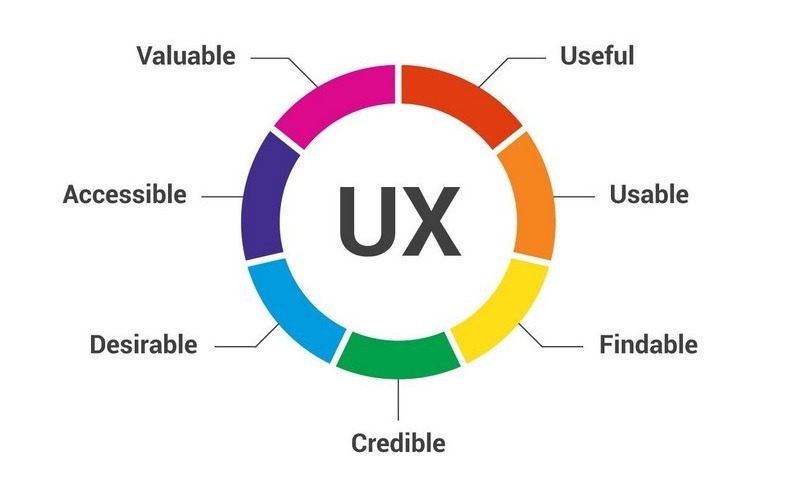The User Experience, aka UX
 InclusiveDocs
InclusiveDocs
User experience (UX) is a big deal and with the need to provide accessible content on their digital platforms, more and more organizations are putting people-first design at the forefront of their priorities. This makes good business sense because no one wants to use an app or website that is unintuitive or not user-friendly. Simply, UX describes the overall experience of a person using a product such as a website or computer application, especially in terms of how easy or pleasing it is to use.
Per Wikipedia, “User experience design (UXD, UED, or XD) is the process of enhancing user satisfaction with a product by improving the usability, accessibility, and pleasure provided in the interaction with the product. User experience design encompasses traditional human–computer interaction (HCI) design and extends it by addressing all aspects of a product or service as perceived by users. The largest percentage of users who are typically left out of the UX equation are people with disabilities.”
The international standard on ergonomics of human system interaction, ISO 9241-210, defines user experience as “a person’s perceptions and responses that result from the use or anticipated use of a product, system or service”. According to the ISO definition, user experience includes all the users’ emotions, beliefs, preferences, perceptions, physical and psychological responses, behaviours and accomplishments that occur before, during and after use. For a differently-abled person, their experiences and perceptions often change over time, which makes UX a dynamic factor. For those who are working to improve the accessibility of their digital presence, these standards are a starting place.
User experience design is a field that since the late 1940s, has focused on the interaction between human users and machines to design systems that address the user’s experience. When workplace computers became common in the early 1990s, user experience started to become a concern for designers and the field has been growing exponentially ever since.
Usability is the biggest factor in accessibility and extends to both digital and non-digital devices. Good usability is essential to a positive user experience but is not the only thing that guarantees it. The accessibility of a system is measured by its ease of reach, use, and understanding. In terms of user experience, usability is related to the overall UX and the comprehensibility of the information and features contained within the offered content.
A great User Experience Design will ensure that the product, website, app or interface is designed to make the lives of the users as simple as possible.
Subscribe to my newsletter
Read articles from InclusiveDocs directly inside your inbox. Subscribe to the newsletter, and don't miss out.
Written by
